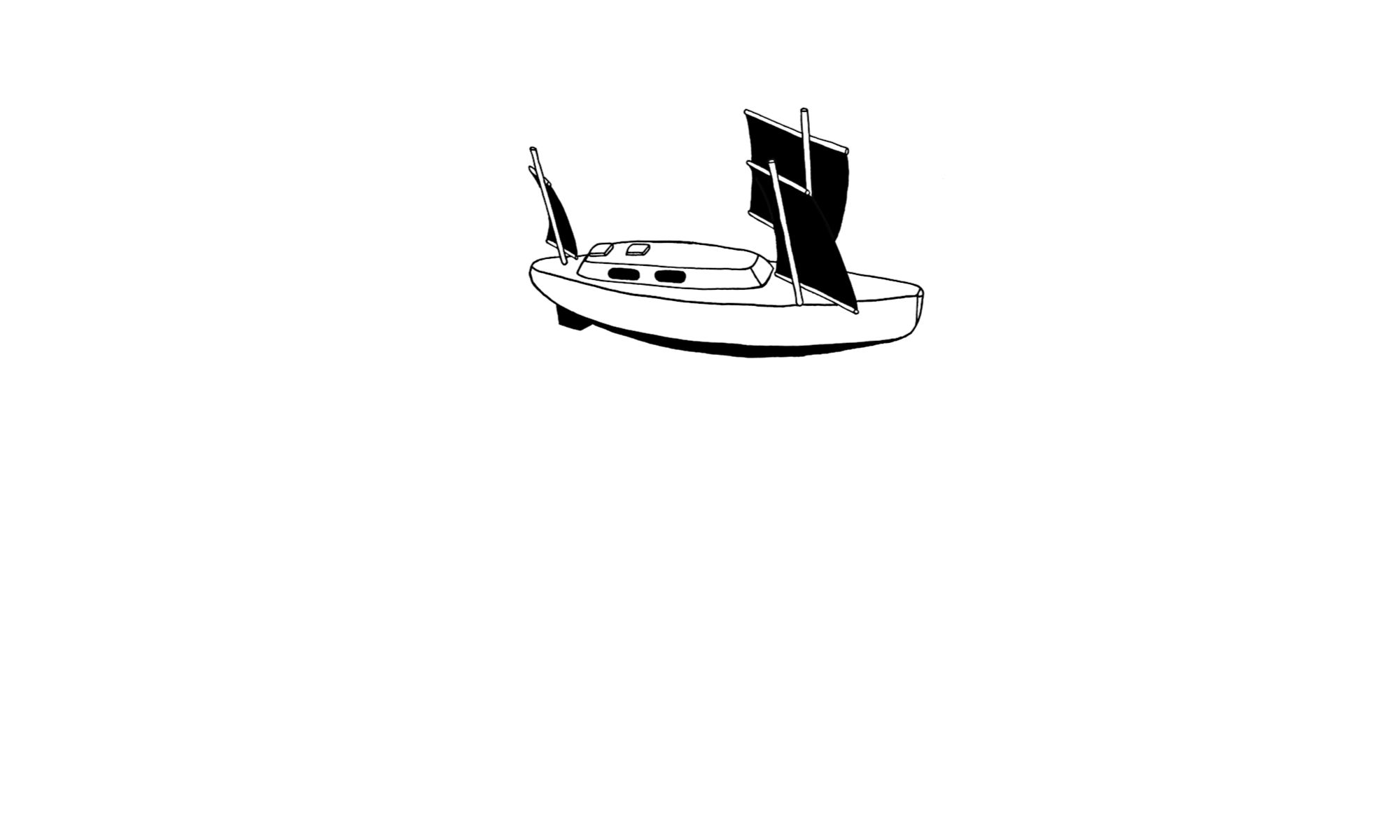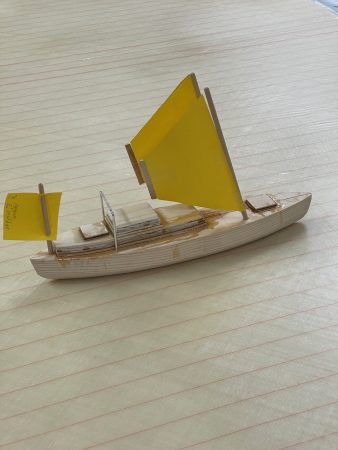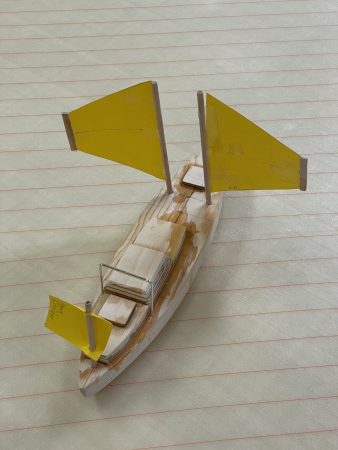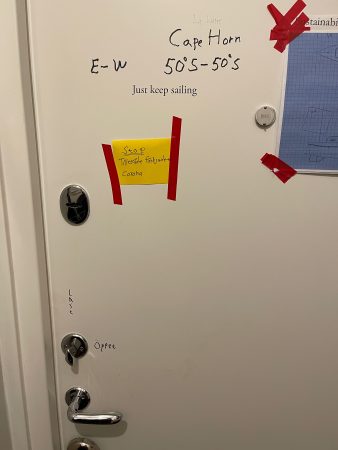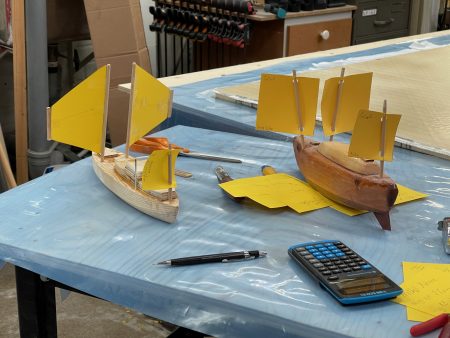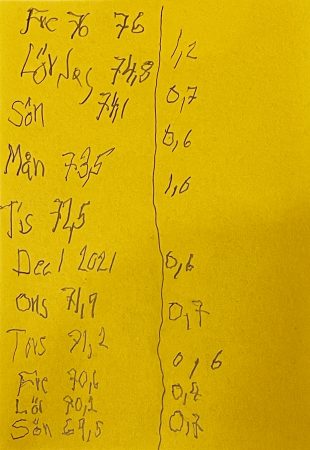Doubling the Horn
Provisional itinerary
Doubling the Horn entails sailing nonstop from a point above the 50th parallel in the Atlantic, down around the Horn and back to a point above the 50th parallel in the Pacific. Only this near 1,000-mile passage is considered a genuine Cape Horn rounding.
According to legendary author and seaman, Alan Villiers, “nothing else counted as a rounding, for the eastward passage before westerly gales was reckoned no rounding at all.”
Why do I have this desire to doubling the Horn?
Nothing could be more difficult for a small boat and so far no solo sailor have done it in a small boat.
For me the easy life is not satisfying.
Also the European recreational boating directive have outlawed sales of small ocean going boats arguing that they are not safe. I do not deny that it would please me to prove them wrong, but the voyage for me is mostly about the lore of the Horn.
Here is some of the distances and my estimated speed.
Departure from Ålesund Norway will be more or less beginning of June. The distance to Horta Azores is 2100 miles.
The estimated duration of the passage is 60 days.
Average speed, 1,5 knots.
Departure from Horta Azores will be more or less beginning of September. The distance to Stanley Falkland is 6500 miles
The estimated duration of the passage is 90 days.
Average speed, 3 knots.
Departure from Port Stanley, Falkland Islands will be more or less beginning of January to a point north at latitude 50° south then turning south towards Cap Horn then towards Isla Chiloe Chile. That distance is about 2300 miles.
The estimated duration of the passage is 80 days.
Average speed, 1.2 knots.
Being a solo sailor I do my best to avoid areas with much shipping. My previous plan was too provision in Uruguay. Unfortunately there is a lot of trafic coming out of the la Plata river from Buenos Aires and Montevideo.
I dit not consider the Falkland Island as a place to provision as their position is more south than latitude 50° south.
Then I got the idea that when leaving Stanley I will sail north passing 50° latitude south.
This is vanity, still the lore is tempting me.
1980 I cruised the Falkland Islands for four months in my 19 feet boat. The winds was often strong on three different occasions it blew more than 100 knots.
Had my boat had less draft much had been gained. I decided that my next boat would be a shallow draft boat that could take the ground.
With the help of John Letcher in Maine I designed a twin keeled double ender.
I started to build her in the early 1980-s eventually but she was replaced by the the bow centerboarder Bris Amphibie.
Now I combine bow centerboard and bilge keels. Each of these two elements fills its own unique purpose.
It would be interesting to return to the Falklands and see how my ideas works out.
When will I start? Not this year 2022 , not next year 2023, the year 2024 is possible but unlikely as I like to conduct sea trials both inshore and offshore before setting off. Maybee the year 2025 will be my year of departure.
Fate do interfere with even the best laid plans. We just had the Corona pandemic now we have Putins war and who knows what that will lead to.
Please support my project by donations
To be continued…
Regards Yrvind.
Like this:
Like Loading...
